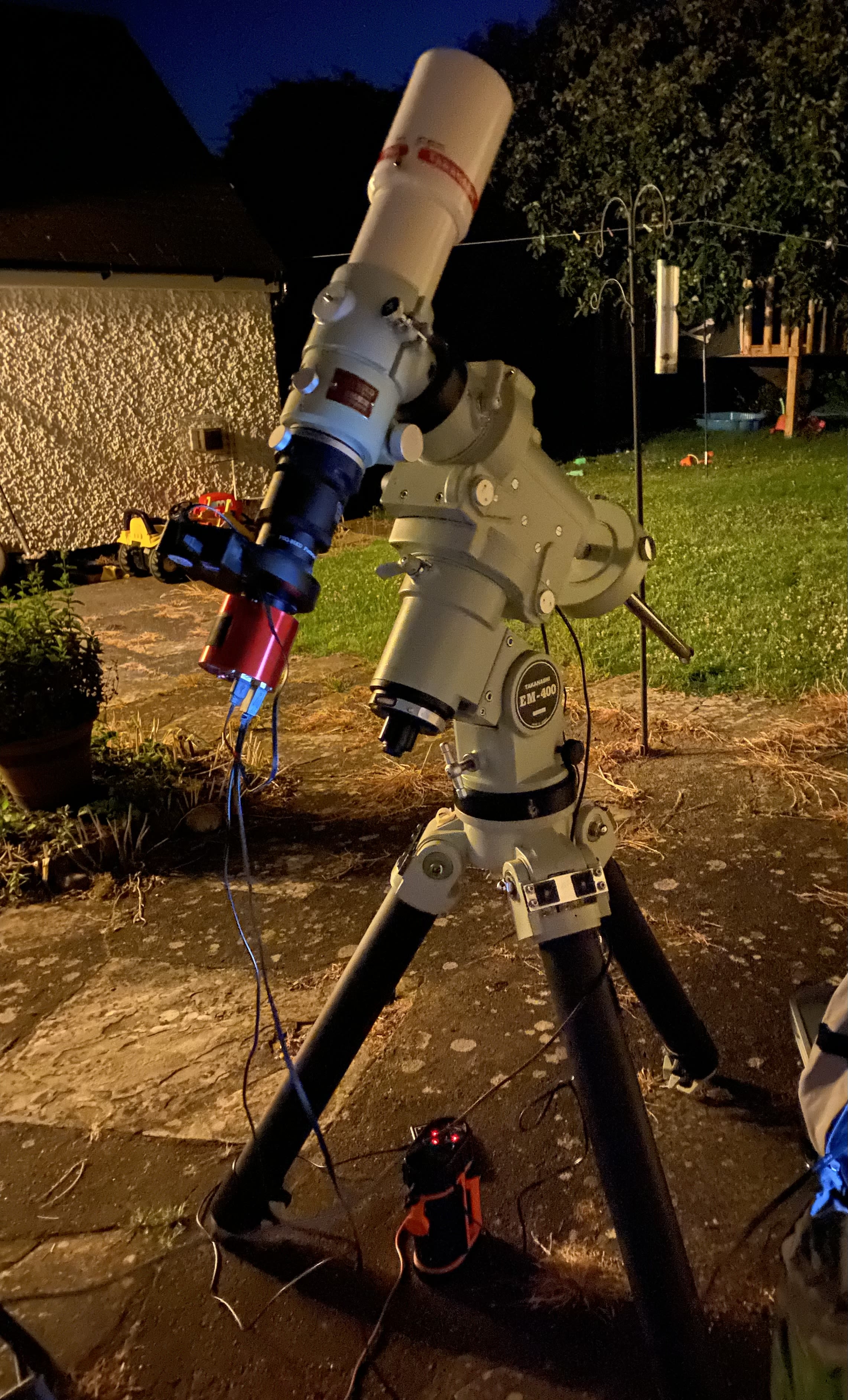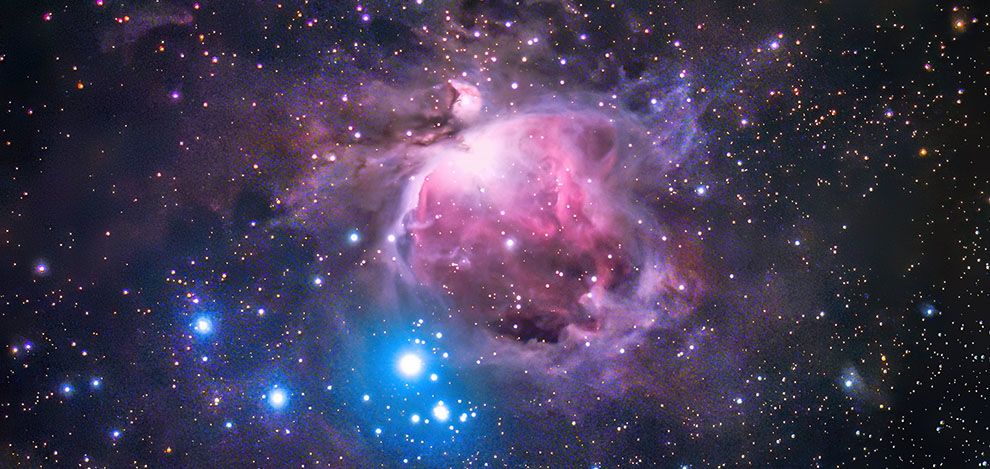My astrophotography equipment
The first optics I used to image deep sky astronomical targets was a fast Nikon telephotos at 200mm (f/2.8). To image the milky way I started with the Samyang wide lens at 14mm (f2/.8) that I replaced with the excellent AF-S NIKKOR 14-24mm f/2.8G ED. I was shooting with a stock un-modified Nikon D750 and the tracker was a Star Adventurer with a Manfrotto/Gitzo tripod. My very first tripod, the one I used to shoot my very first milky way images in Kefalonia island was a small Gorrilapod.
I am still using wide DSLR lenses, especially when I am travelling to dark skies. One of my most used DSLR lens is the Samyang 135mm f/2 which is very sharp.
Now, I am using various setups. All of them are using the legendary Takahashi EM-400 mount guided with the GT-40 guiding scope and Japanese refractors, Takahashi FC-60CB, FC-100DZ and FS-85EDP with their dedicated reducers and flatteners that lower their focal ratio considerably to allow me to capture more photons faster or just improve their image quality across the image field. When travelling, I am also using the iOptron CEM25EC that is very protable and has a precision optical encoder system.
My favourite DSLR is a 36.3-megapixel Japanese astronomical camera from Nikon, the D810A, that transmits light from the hydrogen-alpha spectral line at a rate that is four times higher than normal cameras, allowing me to capture faint details of nebulae that emit on that wavelength when I have access of a dark sky.
For narrowband and broadband imaging, I am using a Chinese astronomical CMOS camera from ZWO, the ASI 1600MM Pro Cooled Monochrome cooled down at -20C. With special astronomical 1.25' filters from Astrodon (USA) attached to a ZWO 8-position filter wheel, I can capture specific light wavelengths (Hydrogen-alpha, Oxygen III, Surlfur II, Luminance, RGB, Nitrogen II etc.) and combine them using variations of the Hubble palette.

Imaging with FSQ-85EDP and EM-400
My main astronomical processing software of choice is PixInsight. I am also using Photoshop for final touches, mostly colour balance etc. My main capturing software is SharpCap Pro. The polar allignment is usually done with just the bult-in polarscope of the mounts especially when I am usiong the EM-400 and its super accurate built-in polarscope (I am rarely using the SharpCap Pro for polar alignment). Focusing is done manually with various Bahtinov masks or the DSLR screen when imaging with a DSLR and lenses. I will probably add soon an automatic focuser.
I am also using the Software Bisque TheSky desktop software to frame targets and enable GoTo capabilities on my EM-400 mount. When I am guiding my mounts (usually that is the EM-400) I am using the PHD2 guding software. Often, especially when imaging birght deep sky objects such as the Andromeda galaxy or bright comets, I am manually targeting the objects by simply using a guidescope and the hand controller of the mount, with some extra help of one my binoculars when needed to locate the targets in the night sky - I find this really rewarding so I am trying to do it whenever I can and the seeing is great.



